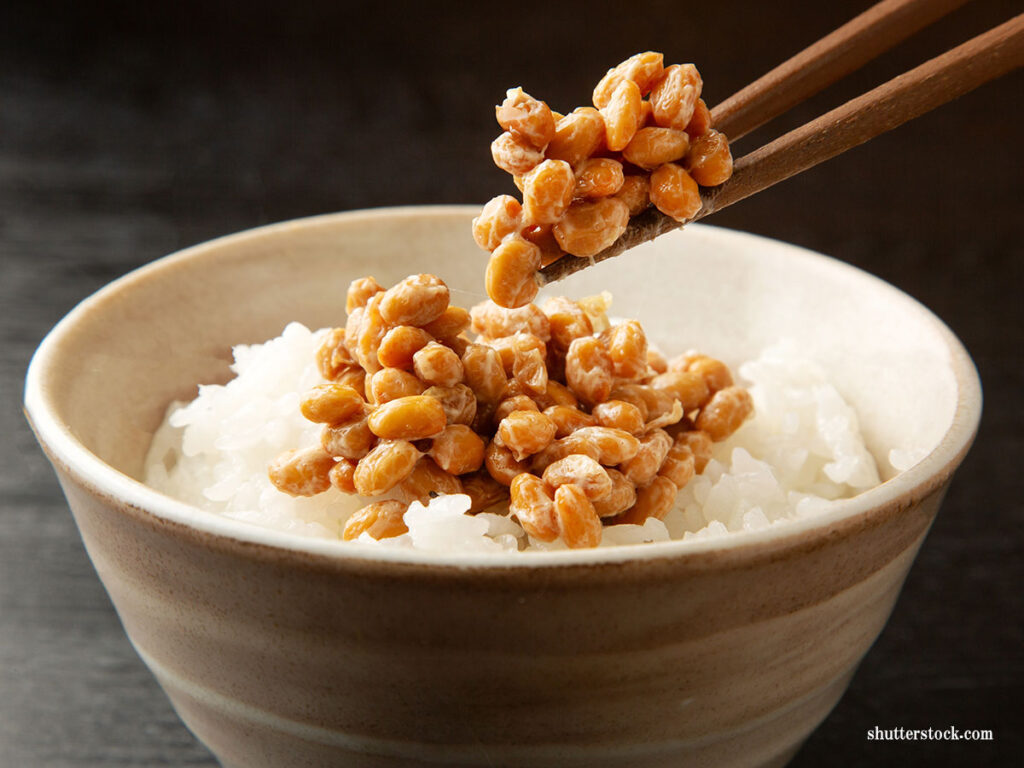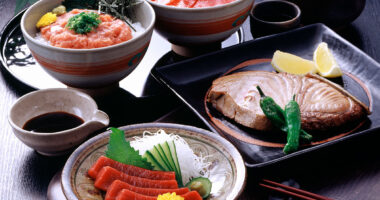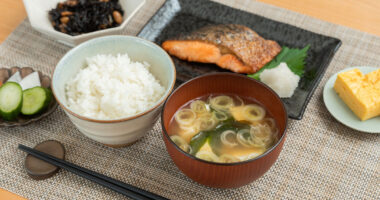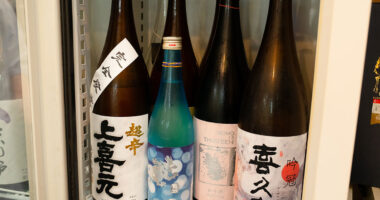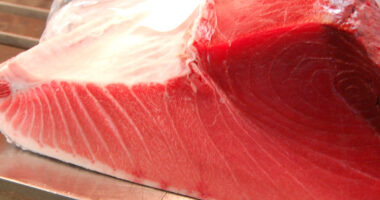If you spend any time exploring Japanese food culture, there’s a good chance you’ll come across nattō (fermented soybeans) at some point.
A staple of the Japanese breakfast table, natto is known for its strong smell and stringy texture—which can be a surprise for first-timers. But don’t be too quick to judge: natto is not only deeply rooted in Japanese culinary tradition, it’s also a nutritious fermented food that’s gaining global recognition for its health benefits.
In this article, we’re taking a look at the unique and fascinating world of natto—a traditional Japanese food with surprising depth. As we explore this staple of Japanese food culture, you might just discover some health benefits along the way too!
- What is natto? And how is it made?
- Why people are divided on natto: a unique smell, texture, and flavor
- Is natto a superfood? Nutritional and health benefits
- How to eat natto: try these classic and creative recipes
- Where to try natto in Japan
- Tips for first-timers trying natto: how to make it easier to eat
What is natto? And how is it made?
Natto is a type of fermented food that has long been cherished in Japan.
Its main ingredients are soybeans and natto bacteria (a beneficial type of bacteria). Though they may just look like small brown beans, each one is packed with Japanese food culture and the bounty of nature.

Photo for illustrative purposes
To begin making natto, the soybeans are carefully washed and soaked in water overnight to plump up.
They are then steamed or boiled until soft, and Bacillus subtilis var. natto—commonly known as natto bacteria—is added. This marks the start of the most important step in the process: fermentation.
Natto bacteria are highly resilient to heat and oxygen, thriving in moderate temperature and humidity.
Over the course of about 18–24 hours, fermentation transforms the soybeans into natto, giving them their distinctive aroma, sticky threads, and rich umami flavor.
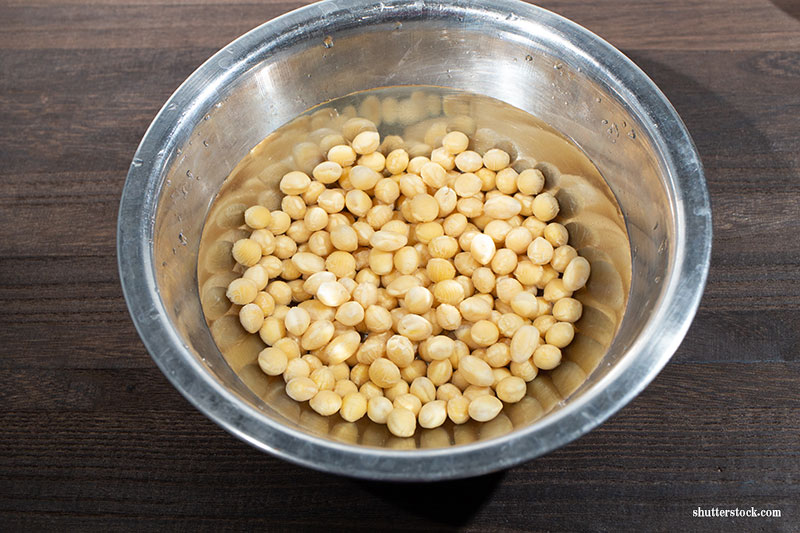
Soaking soybeans to soften them
Once fermentation is complete, the product is cooled to halt bacterial activity, then packed and prepared for shipment.
Allowing the natto to mature in refrigeration for another day adds a mellow depth to the flavor.

Packaged natto
The origin of natto is unclear, but records suggest it has been eaten since the Nara period in Japan. It was valued as a preserved food by both warriors and farmers.
Traditionally, soybeans were wrapped in rice straw and naturally fermented. This method, known as wara-natto (straw-wrapped natto), is still practiced in some regions today.
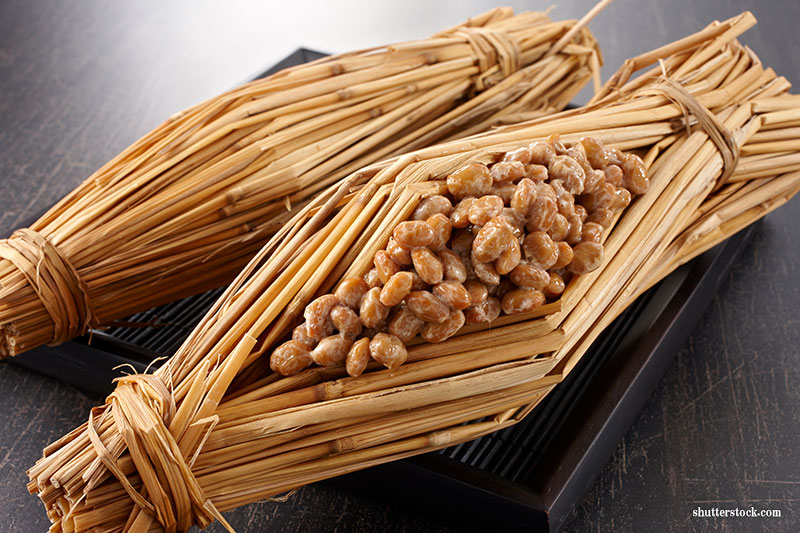
Straw-wrapped natto
Today, natto is made under hygienic conditions and is easily found in supermarkets and convenience stores across Japan.
Even with its convenience, the tradition of using fermentation and human ingenuity has been passed down through generations.
Natto is more than just a soybean dish—it’s regarded as a “living fermented food” that continues to enrich everyday dining in Japan.

Photo for illustrative purposes
Why people are divided on natto: a unique smell, texture, and flavor
Natto is known for its pungent aroma and stringy texture—two features that define its unique character.
The smell, which arises from fermentation, is a sharp, ammonia-like scent. Some people liken it to aged cheese, while others may find it off-putting.
For those sensitive to smells, this can be one of the biggest hurdles to trying nattō.
Another hallmark is the sticky web of fine threads connecting the beans. This stickiness comes from proteins in the soybeans broken down by the natto bacteria, and it contains compounds that benefit your health.
However, for those unfamiliar with natto, it may be tricky to handle with a fork or leave a lingering sensation in the mouth.

Photo for illustrative purposes
Surprisingly, the flavor itself is mild, with a natural sweetness from the soybeans.
Adding soy sauce, mustard, green onions, or other toppings enhances its umami, making it a delicious way to enjoy natto.
The deep richness and mellow aftertaste from fermentation can become addictively delicious for those who acquire a taste for it.

Photo for illustrative purposes
Some devoted fans say, “I eat a pack a day!”
Still, natto is a divisive food even among Japanese people, due to its strong aroma, stickiness, and appearance.
This is a common theme among fermented foods around the world. While it may be off-putting at first, with time you may come to appreciate its depth.
Is natto a superfood? Nutritional and health benefits
Despite its humble appearance, natto is considered a globally recognized “fermented superfood.”
Each tiny bean is packed with nutrients that support your overall well-being.
Key nutrients found in natto
Nattokinase: An enzyme produced by natto bacteria. Thought to help thin the blood and improve circulation.
Vitamin K2: Strengthens bones. Abundant in soybeans and may help maintain daily health.
Plant-based protein: Soybeans, the main ingredient, are a high-quality protein source rich in essential amino acids—comparable to meat or fish.
Natto also contains dietary fiber, iron, magnesium, vitamin B2, and other components that help maintain the body’s functions.
Just one pack can deliver benefits to your gut, bones, and protein intake—all in one.
It’s also low in calories, making it a great ally for healthy diets.
Incorporating even small amounts into your daily meals could support your health from the inside out.
How to eat natto: try these classic and creative recipes
Natto is a versatile ingredient that pairs well beyond traditional Japanese cuisine.
Of course, it’s great with rice, but here are some creative variations perfect even for those not fond of its strong flavor.
Try different ways and find the style that suits you best!
With rice: the classic Japanese breakfast
The most common way to eat natto is by pairing it with freshly steamed rice. In traditional Japanese breakfasts, it’s typically enjoyed on rice with a bit of soy sauce and mustard.
It’s simple, satisfying, and easy to eat.
You’ll find natto at breakfast buffets in inns and hotels, where it’s become a symbol of Japanese morning meals.
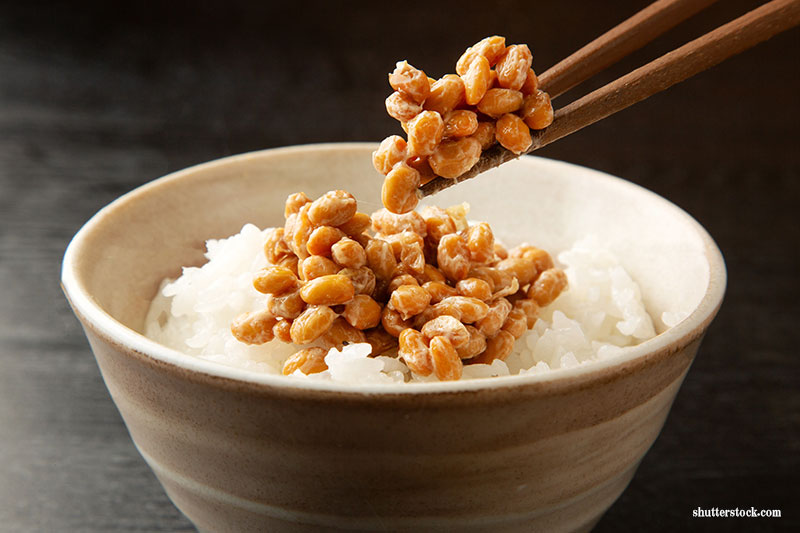
Photo for illustrative purposes
In sushi rolls or gunkan: as a sushi topping
Natto rolls are a common sight at sushi restaurants. These thin rolls combine vinegared rice, seaweed, and natto into a well-balanced bite.
They’re refreshing and approachable—ideal for kids or natto beginners.
There are also gunkan-style rolls that combine natto with tuna or squid for added variety.
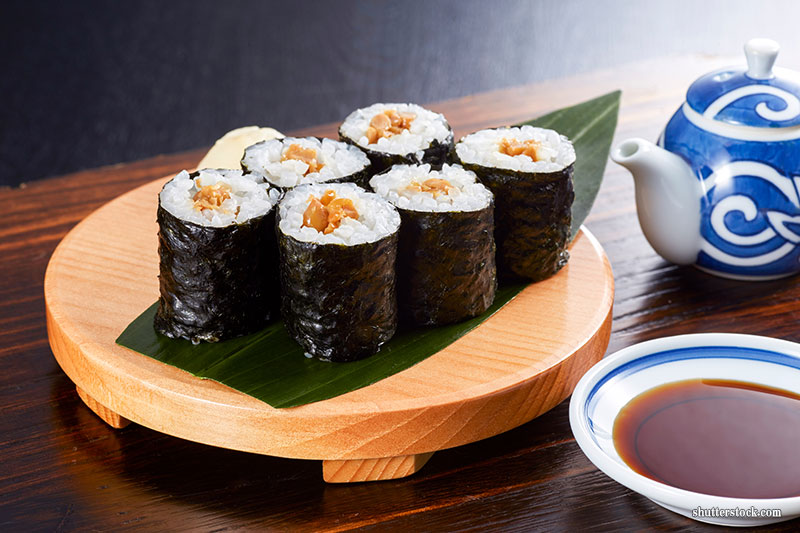
Natto rolls
On toast: a surprising Western twist
One creative way to enjoy natto is by topping it on toast.
Pairing it with cheese or butter and lightly toasting brings out deep umami—perfect for a new kind of breakfast.
The melted cheese blends with natto’s stickiness to create a uniquely satisfying texture.
Try it on baguettes or whole grain bread for variety.

Nattō toast
Natto with pasta: a healthy, Japanese-inspired dish
Natto also works well with pasta. Lightly fry it in garlic and olive oil, season with soy sauce, and finish with chopped scallions for a Japanese-style pasta.
Its stickiness acts like a sauce, coating the noodles evenly.
Add shiso leaves, seaweed, or an egg yolk to elevate the dish even more—it’s healthy yet satisfying.

Natto pasta
Where to try natto in Japan
Since natto is a staple in Japanese homes, it’s surprisingly easy to find and enjoy in many everyday settings in Japan.
Ryokan and hotel breakfasts
If you want a traditional Japanese breakfast experience, a stay at a ryokan (traditional Japanese inns) or hotel is a perfect opportunity.
In a set breakfast, a small dish of natto is often served alongside freshly cooked rice—the classic combination.

Photo for illustrative purposes
At buffet-style breakfasts, you’ll usually find mini packs of natto ready for you to enjoy whenever you like.
Leisurely savoring natto in the morning while traveling can be a gentle introduction to Japanese food culture.
Teishoku restaurants and family restaurants
Teishoku (Japanese set-meals) restaurants and family diners frequently feature natto as a side dish.
You can often order it separately from the main meal—an easy way to add nutrition or boost satisfaction.
Stopping by a local eatery and encountering natto unexpectedly can be a fun, casual cultural moment.
Convenience stores
Convenience stores in Japan are also go‑to spots for natto. The refrigerated section often offers sets of three small packs, perfect for a hotel breakfast while traveling.
Single‑pack options are also available—you can try a little at a time.
They also sell easy-to-eat natto rolls, which have milder aroma and are convenient to carry—great for first-timers.
Supermarkets
If you’d like to enjoy natto at home, supermarkets are ideal.
They offer a wide range of choices—from bean size to flavorings to pack styles—so you can pick what suits your taste.
With wallet-friendly prices, it’s fun to try different kinds and find your favorite—great for those staying in self-catering accommodations. Depending on which supermarket you visit, you may also find more expensive, premium varieties.

Photo for illustrative purposes
Tips for first-timers trying natto: how to make it easier to eat
Many people hear that natto is healthy but are put off by its smell or stickiness.
That’s understandable, especially for first-timers—but with a few tweaks, it can be surprisingly easy to enjoy.
How to tone down the smell
Pick hikiwari natto: This mashed‑bean version has milder aroma.
Use ponzu or sesame oil: Skip the included sauce and opt for refreshing seasonings instead, which mellow the flavor.
How to make it less sticky
Mix less: The more you stir, the gooier it gets—try around 10–20 stirs for milder texture.
Add raw egg or grated yam: In Japan, it’s common—and safe—to mix in a raw egg, which softens the flavor and gives natto a smoother finish. Grated Japanese yam is another popular addition. Its distinctly slippery texture blends easily with natto, taming the stickiness and creating a more unified, creamy bite.
Use it in soups: Inserting natto into miso soup softens its stickiness and adds a pleasant thickness.

Photo for illustrative purposes
Combine with other ingredients
Avocado: Its creamy texture pairs beautifully with natto.
Kimchi: Its tang and spice temper the pungent aroma and taste of natto.
Cheese: Though unexpected, the savory richness of cheese adds a perfect accent.

Photo for illustrative purposes
Even if natto’s smell or texture seems challenging at first, the right pairing can make it much more approachable.
Rich in nutrition and gentle on your body, this fermented food is worth a try in your own style.
Why not try it in a way that suits your taste—and discover a whole new side of Japanese food culture?
